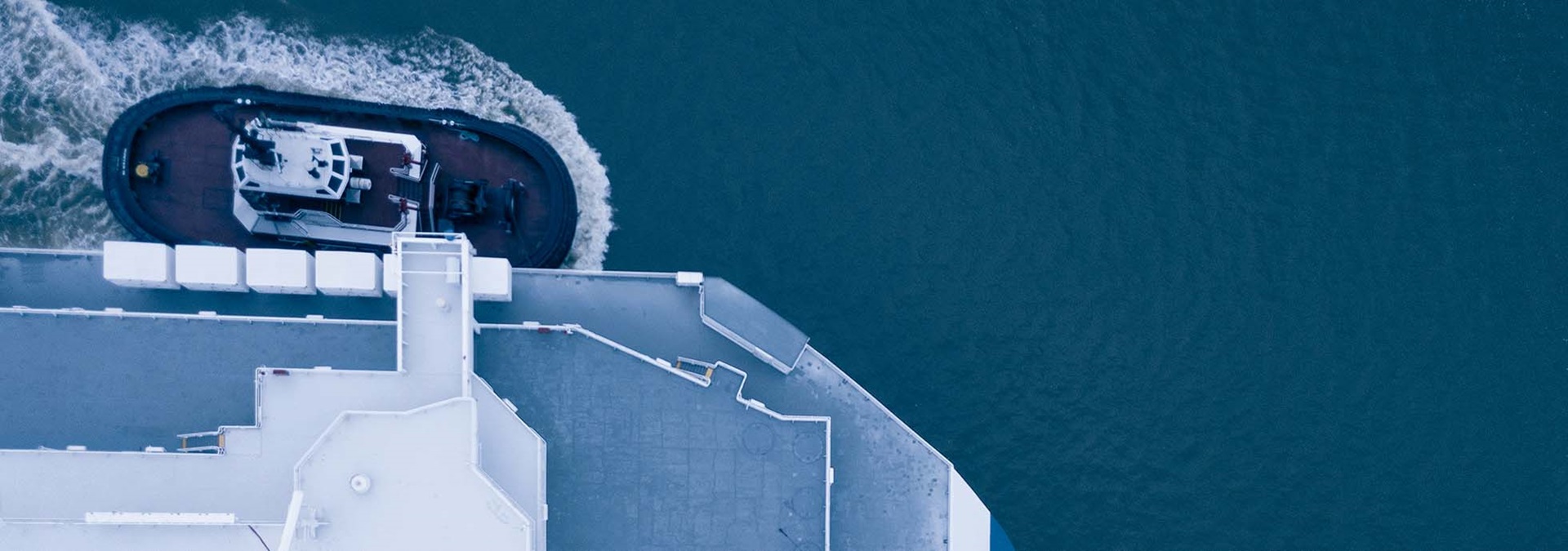

With the application of a control software upgrade, vessels powered by the Wärtsilä 34DF can boost their green credentials and gain a competitive edge with reduced greenhouse gas (GHG) emissions. The upgrade is ideal for vessels such as dredgers,
ferries and offshore support ships operating at constant speeds in sensitive areas such as coastal or inland waters.
As the rapidly evolving regulatory landscape continues to set ever-more ambitious emissions reduction targets for the maritime industry, Wärtsilä remains firmly committed to helping its customers achieve regulatory compliance while maintaining profitability and continuously improving vessel performance.
The latest technology for existing engines
“Wärtsilä is constantly working to develop new emissions-reduction technologies that can also be applied to our existing engine portfolio,” explains Marko Huhmarsalo, Senior Product Manager, W32/W34 Platform Engines,
Wärtsilä Finland”
“With IMO and local regulations tightening, we want to help our customers prepare by providing the widest possible range of solutions to reduce GHG emissions from their existing fleet
- Marko Huhmarsalo, Senior Product Manager, W32/W34 Platform Engines, Wärtsilä Finland
A popular choice in a vast range of maritime applications, the Wärtsilä 34DF’s dual-fuel capability enables vessels to switch seamlessly between conventional liquid fuels and LNG without impacting power or speed. In line with its commitment to
support customers on their decarbonisation journey, Wärtsilä has now developed a control software upgrade for its Wärtsilä 34DF engine variants that can cut GHG emissions by as much as 20% depending on the engine load.
An upgrade that makes a big impact
The upgrade, which is based on Wärtsilä’s adaptive combustion phasing control technology, works by marginally reducing the engine’s charge air pressure and lambda – the air-fuel ratio in the combustion chamber – in order to reduce unburned THC emissions, often referred to as methane slip.
“In a nutshell, the improved combustion control optimises engine behaviour according to the ambient and operating conditions. The lower the engine load, the greater the GHG emission reduction.
“At low engine loads of 20% or below emissions can be cut by as much as 60%
- Marko Huhmarsalo, Senior Product Manager, W32/W34 Platform Engines, Wärtsilä Finland
The upgrade is Engine International Air Pollution Prevention (EIAPP) certified and has been approved by the major classification societies. As an option Wärtsilä can provide emissions measurements before and after the upgrade in order to demonstrate the achieved reductions. “Based on data from the customer about the vessel’s engine load and operational profile, we can provide accurate calculations showing by how much GHG emissions and fuel consumption can be reduced for the vessel in question,” says Huhmarsalo.
Wärtsilä expertise delivers performance excellence
Implementing the upgrade involves a Wärtsilä technician coming onboard the vessel for a day or two to install the new software module. The engine needs to be taken offline only while the upgrade is being installed, after which the technician remains onboard to monitor the engine’s performance at different loads.
When you consider that the Wärtsilä 34DF is a highly complex piece of engineering, it might be surprising to discover that a boost in the environmental performance of this magnitude can be achieved by a single field service technician and their laptop. But of course, that doesn’t tell the full story.
“Behind this upgrade, there are many years of software development, lab testing and field validation, so customers operating the Wärtsilä 34DF can rest assured that the benefits we promise will be delivered,” Huhmarsalo says. “Each and every upgrade package is configured by our technical experts beforehand based on the vessel’s engine type and the vessel’s operational profile.”
A competitive edge for future operations
An upgrade of this nature is as much an investment in reputation and compliance as it is in securing long-term vessel and business performance. Increasingly, charterers are placing emissions performance at the top of their agendas when selecting operators. “While this upgrade of course involves an initial financial outlay for the customer, the payback comes in the form of an enhanced ability to secure new business for a vessel based on its environmental performance. For vessels operating in areas that are subject to increasingly strict environmental legislation, the challenge is now less about finding ways to operate as economically as possible and more about how to reduce emissions to ensure viable operations well into the future,” concludes Huhmarsalo.



